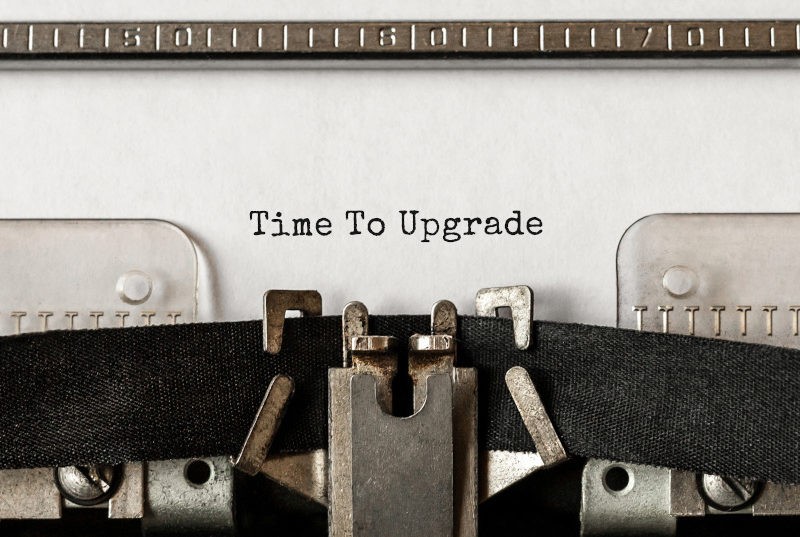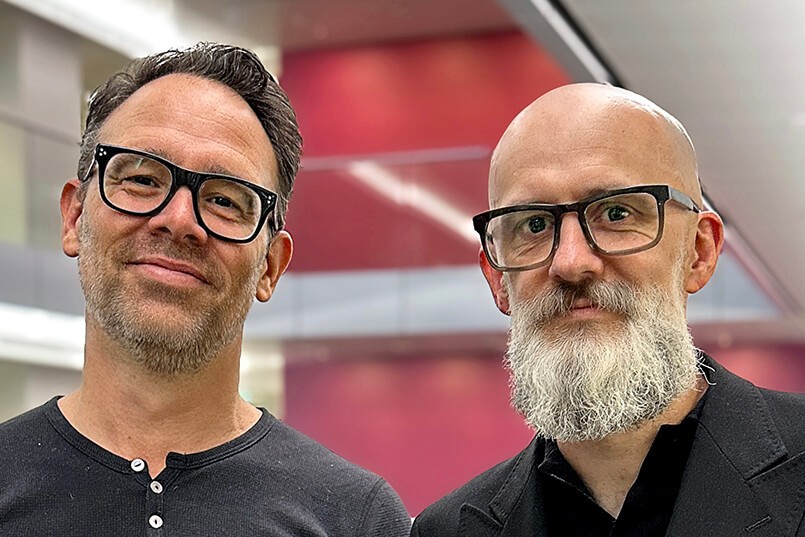Isn’t technology great? Artificial intelligence. Blockchain. Robotics. Automation. All packed with the promises of making our lives easier, faster, cheaper… It is revolutionising business in so many ways. But, it appears, rather more slowly in advertising agencies.
I am not talking about digital media and the associated technology platforms, I am referring to the technology that will make agencies more efficient, faster and more responsive to their clients’ needs and demands.
Talk with any of the technology companies working with agencies and once you get beyond the bravado and unfounded optimism, you find many are struggling to make headway in the agency world. And I am not surprised.
There are three factors in the way of agencies embracing technology to optimise their operations. These are: the move from craftwork to production line; fee models based on time and resource and not outputs; and a culture of resistance to change. Let me explain.
There is a fundamental component of the advertising process that is craft-like. What I mean here is the focus is on developing and implementing a bespoke, one-off solution. Think back to the pre-industrial era, when everything from clothing to meals was made by hand and from scratch. The need was identified, plans developed, resources gathered and then executed. This is the way advertising agencies have operated – or purport to operate.
In a world of mass production, there is a perception of premium quality associated with the level of care and time involved in creating each product. Compare the homemade apple pie to the one from the freezer of your local supermarket. Agencies approach each client brief as a bespoke opportunity.
But the world of social and digital media has changed this. Instead of one hand-crafted campaign a year for a brand, marketers are demanding daily updates for social media and multiple versions for digital media. Michael Farmer, of Madison Avenue Manslaughter fame, has found that in the past 20 years the typical brand scope of work has gone from producing 150 to 200 pieces of work per year to 2,000 – 3,000 per year today.
For craft workers to scale you need to multiply the number of workers. The associated cost is prohibitive. So instead, you need to separate the two parts. Yes, the design and development may be bespoke, but mass production requires production-line thinking with technology-driven automation for economies of scale.
Next is the fact agencies are still largely paid on inputs. This is typically the number of hours to produce the work multiplied by the agreed cost per hour. Given downward pressure on costs from budget-squeezed clients, faced by nearly all agencies, there is a big incentive presented by embracing technology that automates the production process. Here though, is the issue. The cost of that technology, either as a licence or a sunk-cost development, needs to be recouped by the agency.
With the majority of clients paying agencies on a resource basis, investing in technology that reduces the required resources will mean reduced fees, making recovery of the cost of technology even more prolonged or perhaps impossible. We have witnessed this first-hand in moving an agency from a traditional retainer to agreed output-based fees, only to have the agency insist that continuing to produce all 10,000 plus social media updates per year manually is their only option as they are unable to justify the investment in automated production technology across their client portfolio.
Finally, there is a resistance to change. Ironic, considering agencies of all types see themselves as champions of creativity and innovation. But this is mostly driven by fear. As the saying goes, turkeys do not vote for Christmas or Thanksgiving. Embracing technology, especially the technology that moves the advertising process from craft-like to a hybrid of craft and production will impact employment within agencies.
But the truth is that what technology is very good at doing is replacing mundane, repetitive, low-value work. This creates opportunities for talented people attracted to working in advertising to be better deployed creating value, developing bespoke solutions and craft-like executions. Instead of media agency staff downloading, uploading and shuffling data behind the scenes, API and AI can automate that work to leave those people free to solve bigger client problems.
Of course, some agencies are already embracing this opportunity, and Sir Martin Sorrell’s S4 Capital is famous for championing the concept of ‘better, faster cheaper’ driven by technology. But perhaps if advertisers want to see their agencies get on board and deliver the benefits of technology, they need to encourage their agencies a bit more and not just expect it to happen.
This article first appeared in Campaign Asia on May 28, 2021
Do you have a need or are you considering investing in marketing technology? Get independent expert advice on the suppliers and solutions available to you




